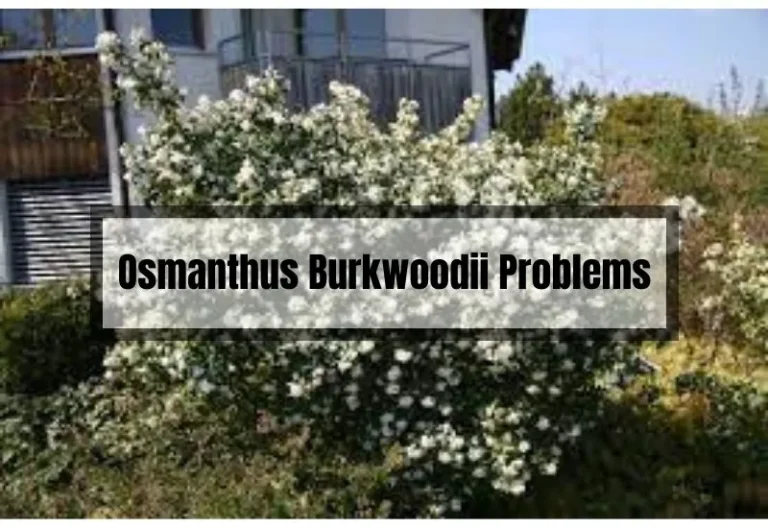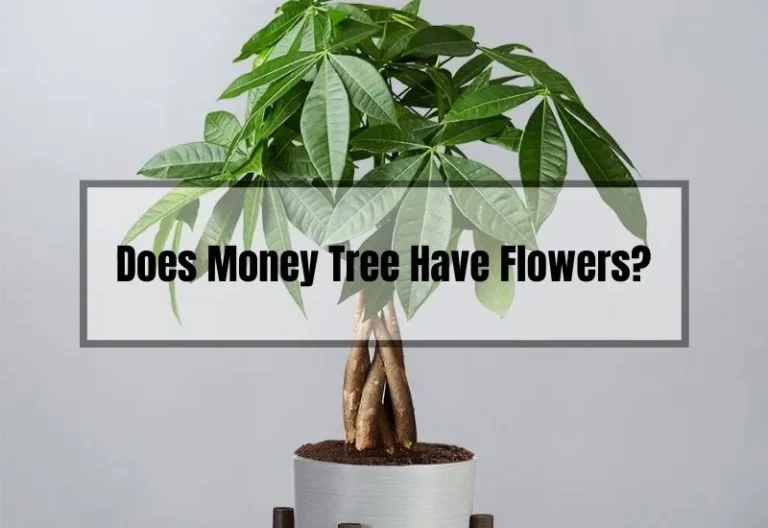Jeyes Fluid: The Ultimate Guide to Its Effects on Plants
Are you a gardener or plant enthusiast? You may have heard of Jeyes Fluid, a disinfectant with a 140-year history, commonly used for outdoor cleaning and disinfection. However, there’s a debate about whether Jeyes Fluid can harm plants. In this article, we’ll explore its effects on different plants and answer the question: will Jeyes Fluid kill plants?
Jeyes Fluid can harm plants if used incorrectly or excessively, potentially causing tissue burns, yellowing leaves, and plant death. When used according to the manufacturer’s instructions, it can be beneficial for garden maintenance.
We’ll discuss proper usage and how to protect your plants while also exploring potential benefits for your garden.
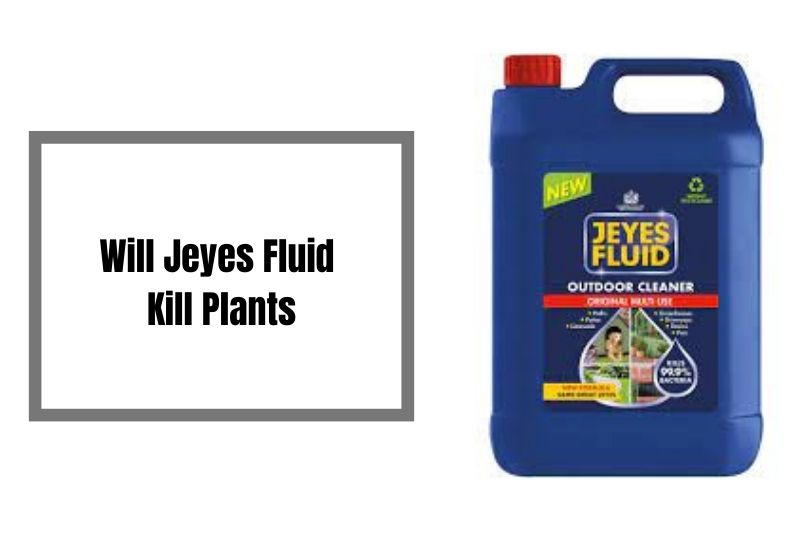
Will Jeyes Fluid Kill Plants?
The question is, will Jeyes Fluid kill plants? The answer is, it depends on how you use it. Jeyes Fluid can be harmful to plants if it is not diluted properly or if it is used in excessive amounts. However, if used correctly, it can actually help to protect your plants from harmful pathogens and pests.
When using Jeyes Fluid, it is important to follow the instructions carefully. Always dilute the solution according to the manufacturer’s instructions and avoid using it in excessive amounts. If you are unsure about how to use Jeyes Fluid, it is always best to consult with a gardening expert or professional.
Here are some tips to keep in mind when using Jeyes Fluid in your garden:
- Dilute the solution properly: Jeyes Fluid should be diluted with water before use. The recommended dilution ratio is usually 1 part Jeyes Fluid to 10 parts water. Make sure to mix the solution well before use.
- Use it sparingly: Jeyes Fluid is a powerful disinfectant, so it’s important to use it sparingly. Avoid using it on plants directly and only apply it to the soil or surfaces that are not in contact with the plants.
- Keep it away from children and pets: Jeyes Fluid is toxic and can be harmful if ingested. Make sure to keep it out of reach of children and pets.
- Don’t use it on edible plants: Jeyes Fluid should not be used on plants that are grown for consumption. It is only recommended for use on ornamental plants.
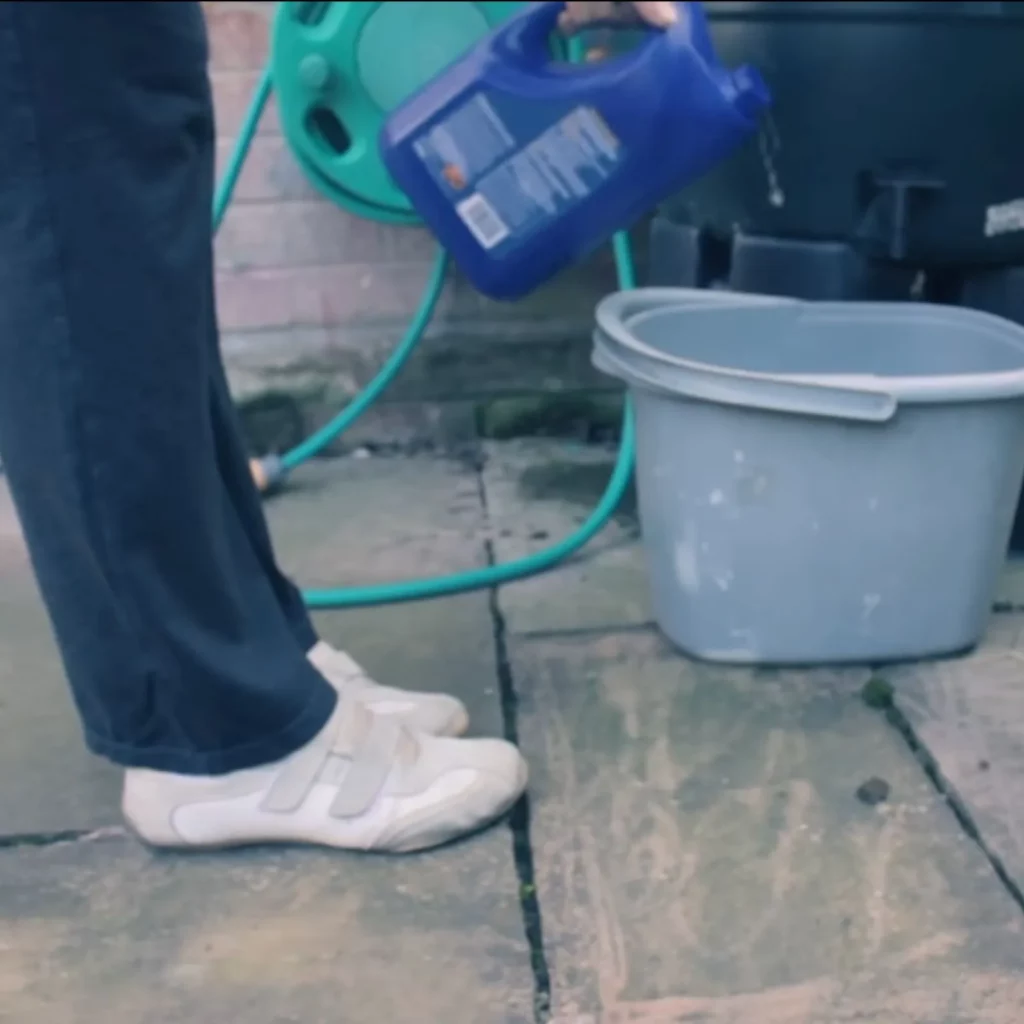
Now that we’ve established the potential risks, let’s talk about how to use Jeyes Fluid safely around your plants. Knowledge is power, folks!
Dilution Guidelines
Dilution is the name of the game when using Jeyes Fluid. Since it’s highly concentrated, you’ll need to mix it with water before applying it in your garden.
The manufacturer recommends different dilution ratios depending on the intended use, so make sure to follow the instructions on the label carefully. And hey, if in doubt, always go for a weaker solution – better safe than sorry!
Application Methods
Applying Jeyes Fluid correctly is crucial to avoid damaging your plants. To prevent any unwanted side effects, try these tips:
- Target the specific area you’re treating, like a greenhouse floor or a contaminated plant pot, rather than spraying it over the entire garden.
- Use a spray bottle or watering can to apply the diluted solution, ensuring it doesn’t splash onto nearby plants.
- Avoid applying Jeyes Fluid on hot, sunny days, as the heat can amplify its effects on plants.
Alternative Uses of Jeyes Fluid in the Garden
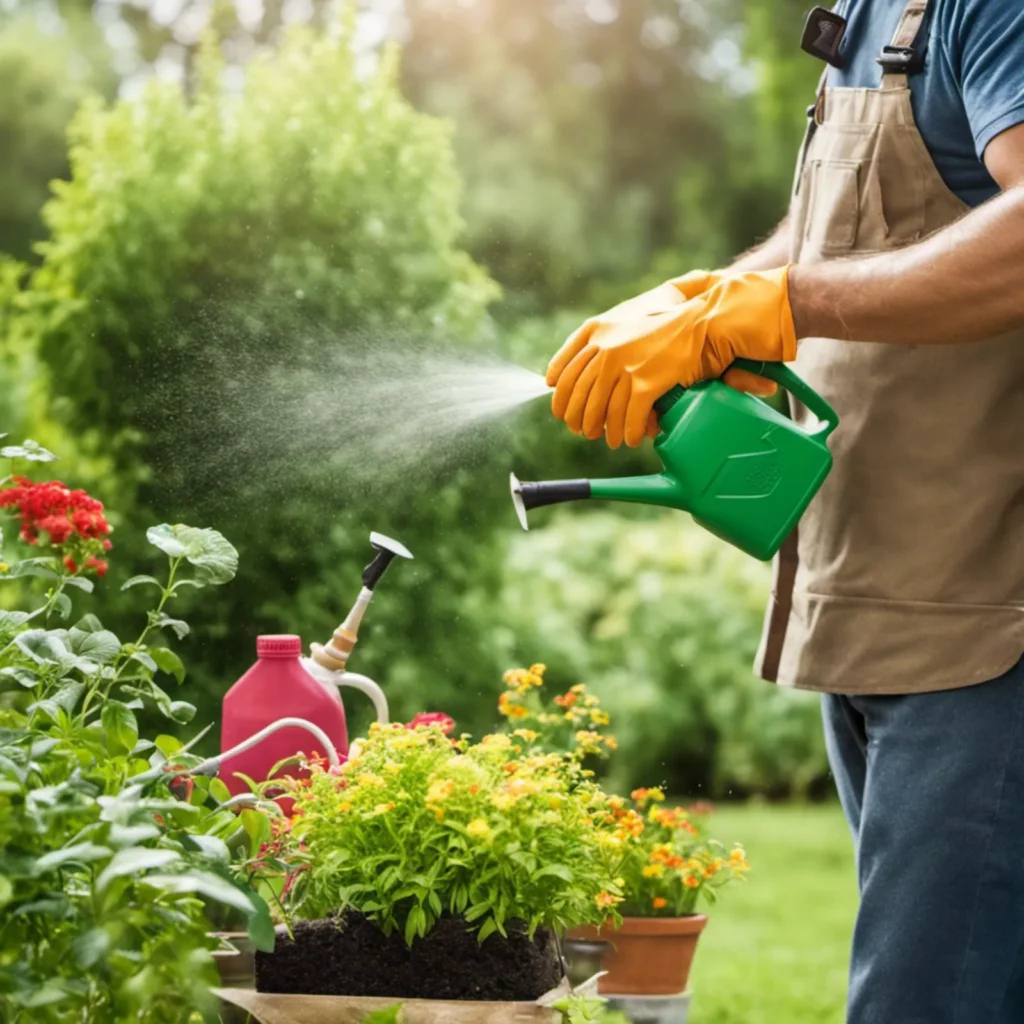
Jeyes Fluid isn’t just a one-trick pony – it has a variety of uses in the garden. Let’s take a look at how it can help keep your green space spick and span.
Cleaning and Disinfecting
One of the best things about Jeyes Fluid is its ability to deep-clean and disinfect garden surfaces, tools, and equipment.
It’s fantastic for tackling stubborn grime on greenhouses, pots, and tools, and can even help prevent the spread of plant diseases by killing pathogens that may linger on surfaces. A clean garden is a happy garden, after all!
Pest and Pathogen Control
Jeyes Fluid can also play a role in controlling pests and diseases. While it’s not a pesticide, it can help keep common garden nuisances like aphids, slugs, and snails at bay.
To use Jeyes Fluid as a pest and pathogen deterrent, apply the properly diluted solution to the affected area, making sure not to drench the plants themselves. Remember, moderation is key!
Potential Risks and Environmental Concerns
Of course, we can’t talk about Jeyes Fluid without addressing some concerns. It’s important to consider the potential risks and environmental impact that come with its use.
Risks to Wildlife
While Jeyes Fluid can help keep your garden clean and healthy, it’s essential to be aware of its potential effects on the surrounding wildlife.
Beneficial insects and animals, like bees, butterflies, and earthworms, could be harmed by Jeyes Fluid if exposed to it. To minimize the risks, follow these precautions:
- Apply Jeyes Fluid only where necessary and avoid spraying it over large areas.
- Use the recommended dilution ratios and avoid using a stronger concentration than needed.
- Store Jeyes Fluid securely, away from wildlife and pets.
Environmental Impact
When using Jeyes Fluid, we must also consider its impact on soil and water quality. The chemicals in Jeyes Fluid can seep into the ground and eventually reach groundwater, potentially harming the environment.
To reduce the environmental impact, try these steps:
- Use Jeyes Fluid sparingly and avoid over-application.
- Avoid using Jeyes Fluid near bodies of water or water sources, like ponds, streams, or wells.
- Properly dispose of any Jeyes Fluid waste according to local regulations.
Effects of Jeyes Fluid on Different Types of Plants
Jeyes Fluid is a popular disinfectant used in gardens for various purposes. However, it is essential to understand the effects of Jeyes Fluid on different types of plants before using it. Here are some of the effects of Jeyes Fluid on different types of plants:
Trees and Shrubs
Trees and shrubs are less susceptible to the effects of Jeyes Fluid. However, it is essential to avoid spraying the solution directly onto the foliage as it may cause leaf burn. Instead, apply the diluted solution directly to the soil around the tree or shrub using a watering can.
Flowers
Flowers are more susceptible to the effects of Jeyes Fluid than trees and shrubs. It is essential to avoid spraying the solution directly onto the foliage or flowers as it may cause damage. Instead, apply the diluted solution directly to the soil around the flowers using a watering can.
Vegetables
Vegetables are highly susceptible to the effects of Jeyes Fluid. It is essential to avoid using Jeyes Fluid on edible parts of the plant.
Instead, apply the diluted solution directly to the soil around the vegetables using a watering can. It is also recommended to apply the solution six weeks before planting to prevent pests and diseases.
Lawns
Jeyes Fluid is not recommended for use on lawns as it may cause damage to the grass. It is best to avoid using Jeyes Fluid on lawns and instead use other methods to keep the lawn healthy.
Indoor Plants
Jeyes Fluid is not recommended for use on indoor plants as it may cause damage to the foliage. It is best to avoid using Jeyes Fluid on indoor plants and instead use other methods to keep them healthy.
Frequently Asked Questions (FAQs)
Can Jeyes Fluid be used on edible plants?
Jeyes Fluid is not recommended for use directly on edible plants. If you need to clean or treat pots, tools, or surfaces around edible plants, ensure the Jeyes Fluid solution does not come into contact with the plants themselves.
Is Jeyes Fluid safe for pets?
While Jeyes Fluid can be toxic to pets if ingested, using it responsibly and following the manufacturer’s guidelines can help minimize the risk. Keep pets away from treated areas until the solution has dried, and store Jeyes Fluid securely to prevent accidental exposure.
How long does it take for Jeyes Fluid to break down in the environment?
The time it takes for Jeyes Fluid to break down in the environment varies depending on factors such as soil type, temperature, and moisture. Generally, it can take anywhere from a few days to several weeks for Jeyes Fluid to degrade.
Are there any eco-friendly alternatives to Jeyes Fluid?
Yes, there are eco-friendly alternatives available for cleaning and pest control in the garden. Some options include vinegar, baking soda, or essential oil-based cleaners. However, it’s essential to research each alternative’s effectiveness and safety for specific applications before using them.
Conclusion
There you have it, my gardening pals! Jeyes Fluid can be a helpful ally in maintaining a clean and healthy garden, but it’s crucial to use it responsibly and safely around your plants.
Always follow the manufacturer’s guidelines, be cautious with dilution and application, and consider environmentally friendly alternatives if necessary.
With a little care and attention, your garden will thrive, and so will our lovely green friends. Happy gardening!

